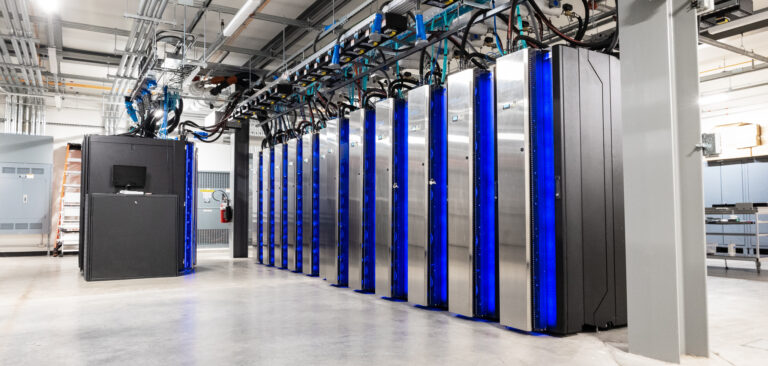The US Department of Commerce and NOAA have expanded the capacity of the Weather and Climate Operational Supercomputing System (WCOSS) by 20%. The increased computing power and storage will help improve forecast model guidance for years to come and enable other weather prediction advances.
Michael C Morgan, assistant secretary of commerce for environmental observation and prediction, said, “Our investment in high-performance computing will pay off with better US weather modeling. Forecast model upgrades made possible by this increased computing capacity will bring improved and timely forecasts and warnings that better protect life and property.”
Faster supercomputing will allow NOAA to run more complex forecast models while increased storage space will enable more data to be fed and assimilated into the system. These improvements will permit upgrades to NOAA’s weather forecasting systems and models over the next few years, including:
Upgrades to the US Global Forecast System will make it higher-resolution. The model’s horizontal resolution will improve to 9km, compared to 13km in the current version. This upgrade will help smaller-scale features to be seen and simulated, improving model accuracy and overall model performance.
A new Rapid Refresh Forecast System, which will enable larger ensembles with more data included, providing a measure of certainty in a particular forecast that can lead to better decision making. These updates also allow for more advanced high-resolution data-assimilation techniques.
Upgrades to the Global Ensemble Forecast System, which will more accurately capture what is known as radiatively active aerosols to better model emissions such as wildfire smoke, dust and fog.
Expansion in compute power and storage, which will provide operational capacity to implement research and development advancements made through NOAA’s Earth Prediction Innovation Center.
With this upgrade, the twin supercomputers, located in Manassas, Virginia, and Phoenix, Arizona, now operate at a speed of 14.5 petaflops each, and together, the forecast system can process 29 quadrillion calculations per second. Coupled with NOAA’s research and development supercomputers in West Virginia, Tennessee, Mississippi and Colorado, which have a combined capacity of 20 petaflops, the supercomputing capacity supporting NOAA’s new operational prediction and research is now 49 petaflops.
Ken Graham, director of NOAA’s National Weather Service, said, “This increased supercomputing power allows for upgrades to specific modeling systems that will help weather forecasters deliver more accurate weather forecasts, watches and warnings and improved certainty in a forecast.”
NOAA has made significant advances to its forecast models since WCOSS was implemented in June 2022. Last month, the Hurricane Analysis and Forecast System went operational. In June, the Probabilistic Storm Surge model upgrade allowed for storm surge forecasting for the contiguous USA and new forecasts for surge, tide and waves for Puerto Rico and the US Virgin Islands.
NOAA’s weather forecasting systems and models are developed and managed by the Environmental Modeling Center in College Park, Maryland, which is part of the National Weather Service, in collaboration with NOAA research scientists and the broader modeling community. Over 20 operational numerical weather prediction models are run on WCOSS.
In 2020, NOAA contracted with the company General Dynamics Information Technology (GDIT) on the supercomputer acquisition, upgrade, products and services. The eight-year contract with a two-year optional renewal provides a total managed service.



